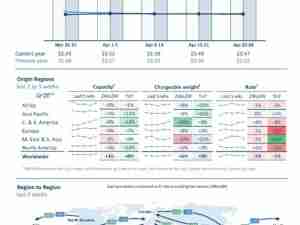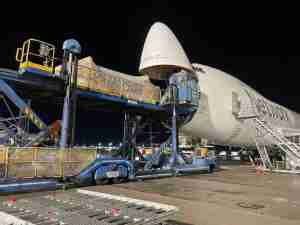Inspector General: FAA Reforms Falling Short of Cost, Efficiency, & Modernization Expected Goals
posted by AJOT | Jan 20 2016 at 10:50 AM | Air Cargo
Washington, DC - The Department of Transportation Inspector General today released a scathing report outlining numerous shortcomings of the Federal Aviation Administration’s (FAA) efforts to implement reforms intended to help the agency operate more effectively and efficiently, improve the delivery of air traffic services, and modernize the U.S. air traffic control system.
The report finds that FAA’s efforts have fallen short of anticipated cost savings and operational efficiencies, as well as in improving the delivery of new technologies and capabilities.
“This report shows that the FAA simply isn’t suited to successfully modernize our Nation’s antiquated air traffic control system,” said Transportation and Infrastructure Committee Chairman Bill Shuster (R-PA). “Over two decades of FAA personnel, organizational, and acquisition reforms have failed to slow the agency’s cost growth, improve its productivity, or improve its performance in modernizing the system. The FAA remains a vast government bureaucracy, not a high-tech service provider. It’s clear from the DOT IG’s findings that we need transformational FAA reform if we are going to have a safe, efficient, 21st century aviation system.”
According to the Inspector General’s report, although the FAA has implemented performance-based compensation systems, established the Air Traffic Organization (ATO), contracted out flight service stations operations, and reorganized multiple times over the years, costs continue to rise while operational productivity has declined. The FAA has also missed opportunities to complete large-scale facility consolidations that would maximize operations, improve the flow of air traffic, avoid the cost of maintaining aging facilities and facilitate the transition to NextGen capabilities.
Furthermore, major FAA air traffic control modernization projects continue to experience problems that delay the introduction of new technologies, postpone benefits to system users, and defer the retirement of costly legacy systems.
The Inspector General found that several underlying and systemic issues, including overambitious plans, shifting requirements, software development problems, ineffective contract and program management, and unreliable cost and schedule estimates, impact FAA’s ability to introduce new technologies and capabilities that are critical to transitioning to NextGen.
The Inspector General’s complete report, entitled “FAA Reforms Have Not Achieved Expected Cost, Efficiency, and Modernization Outcomes,” is available here.








